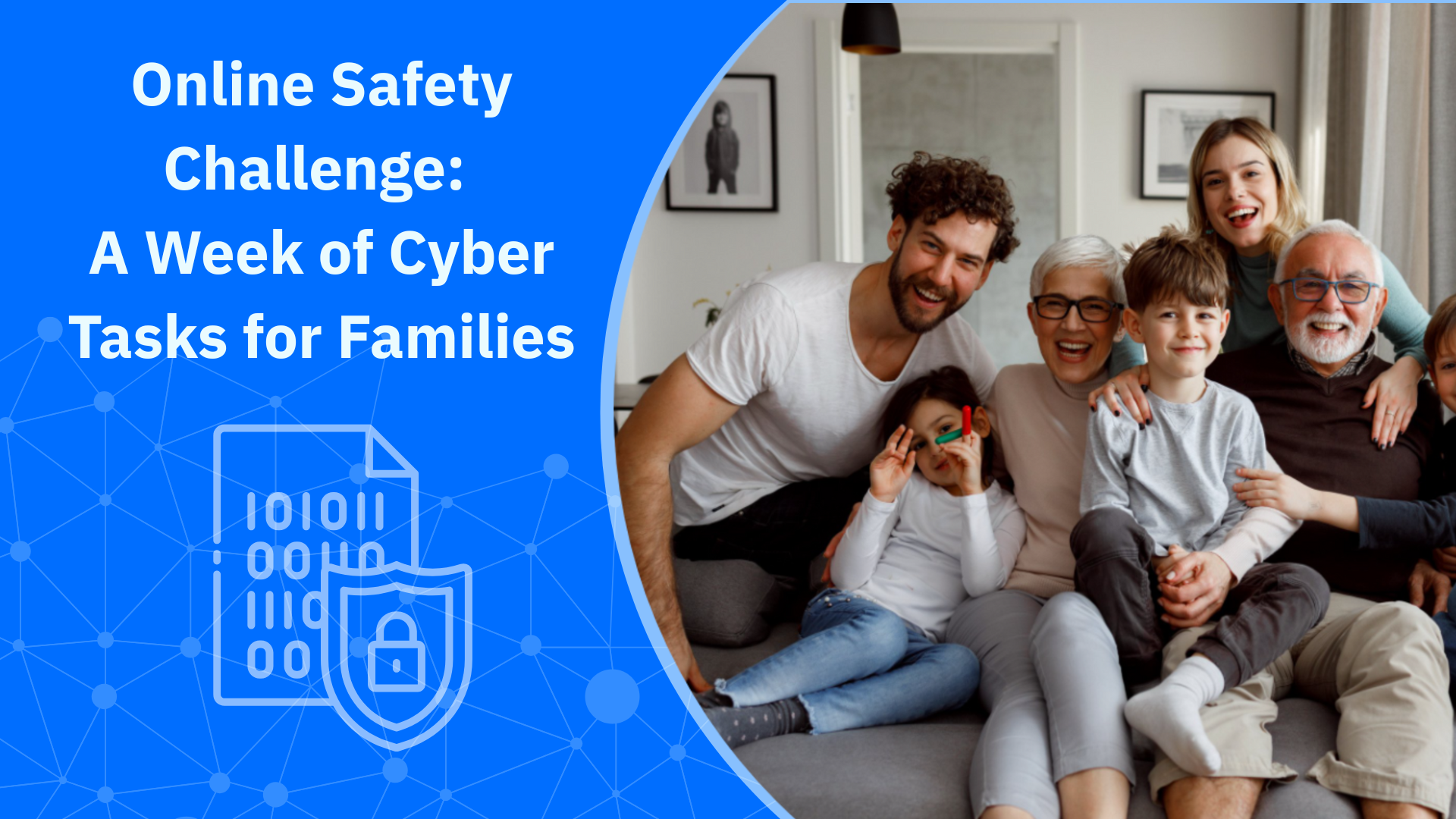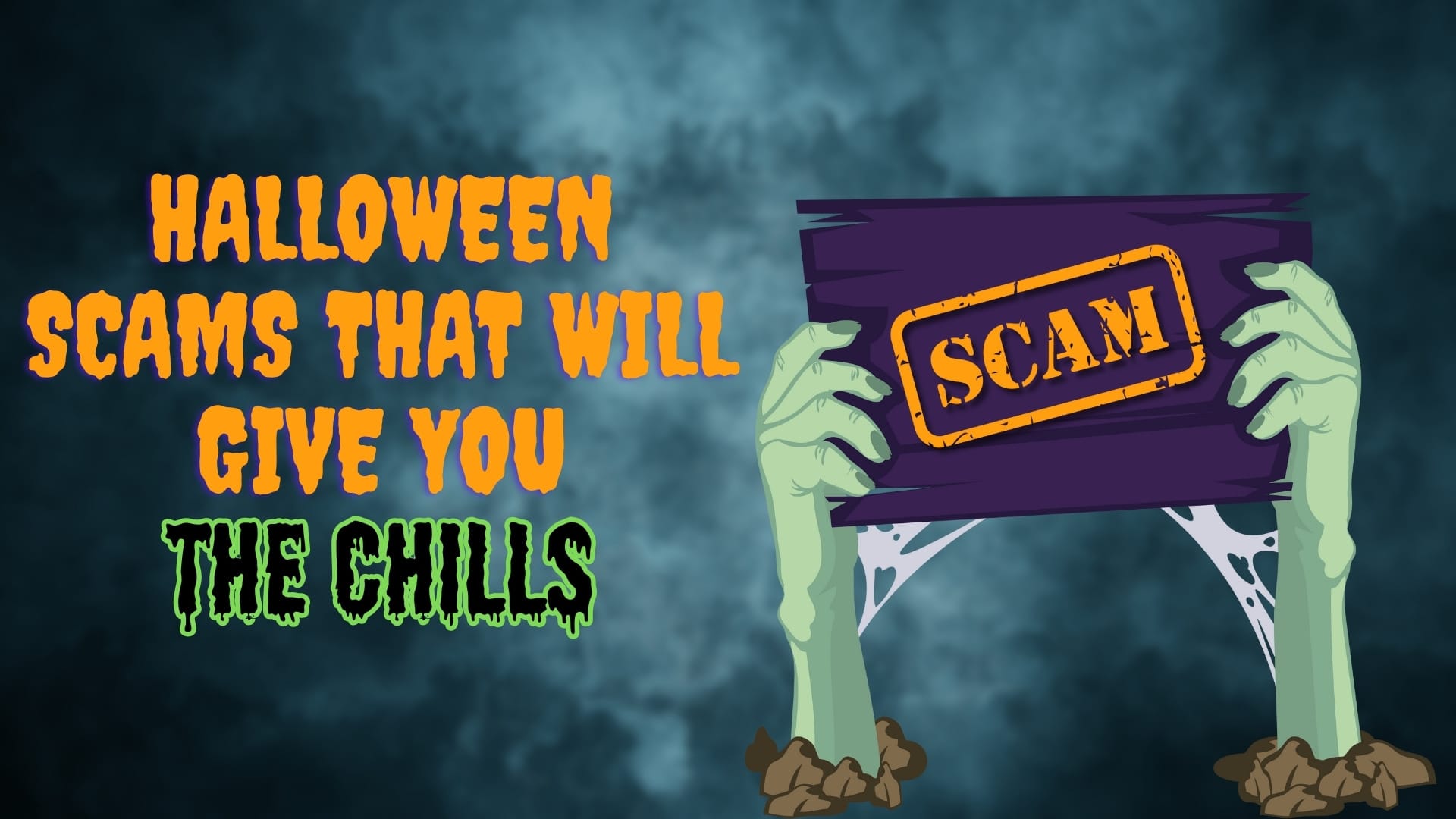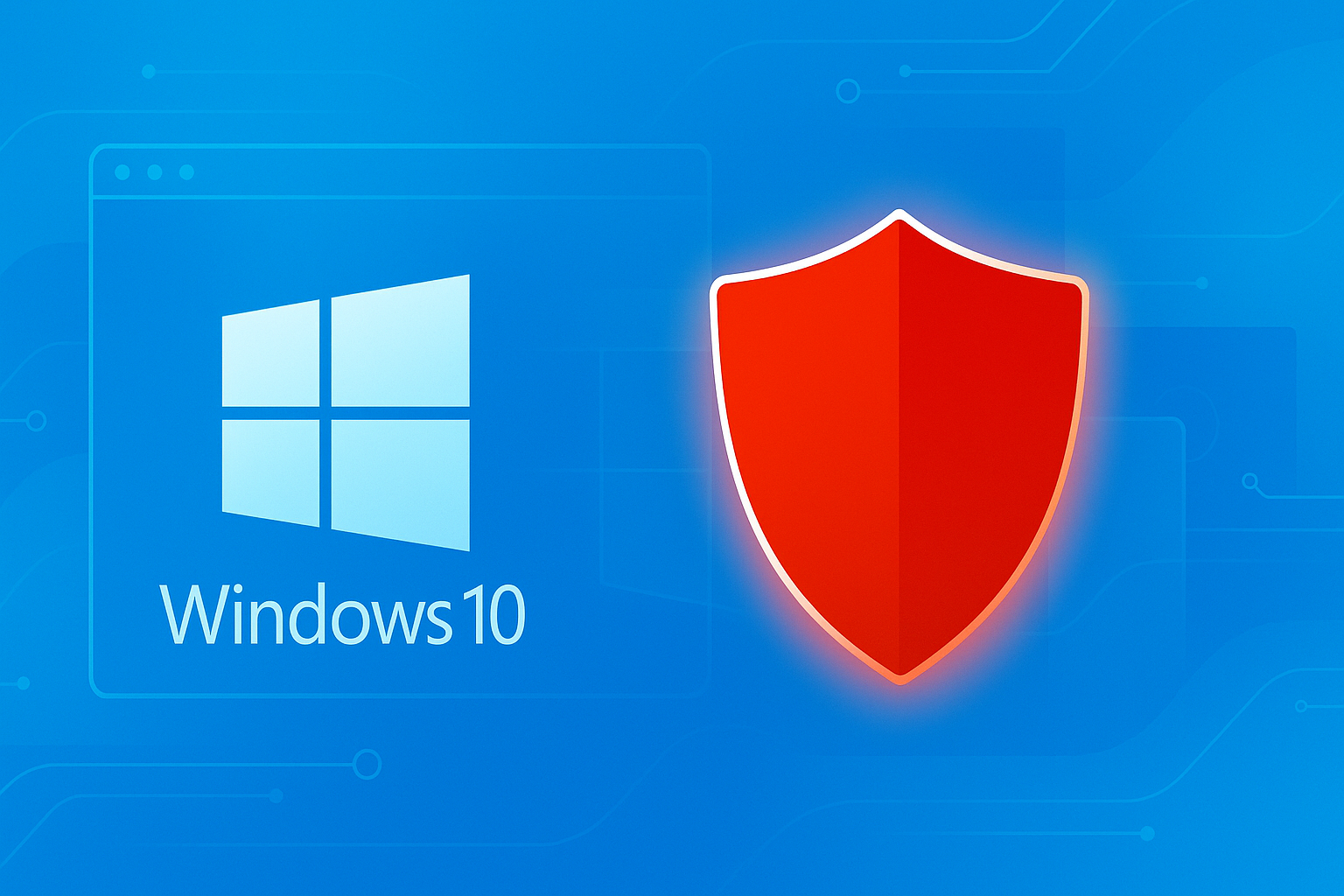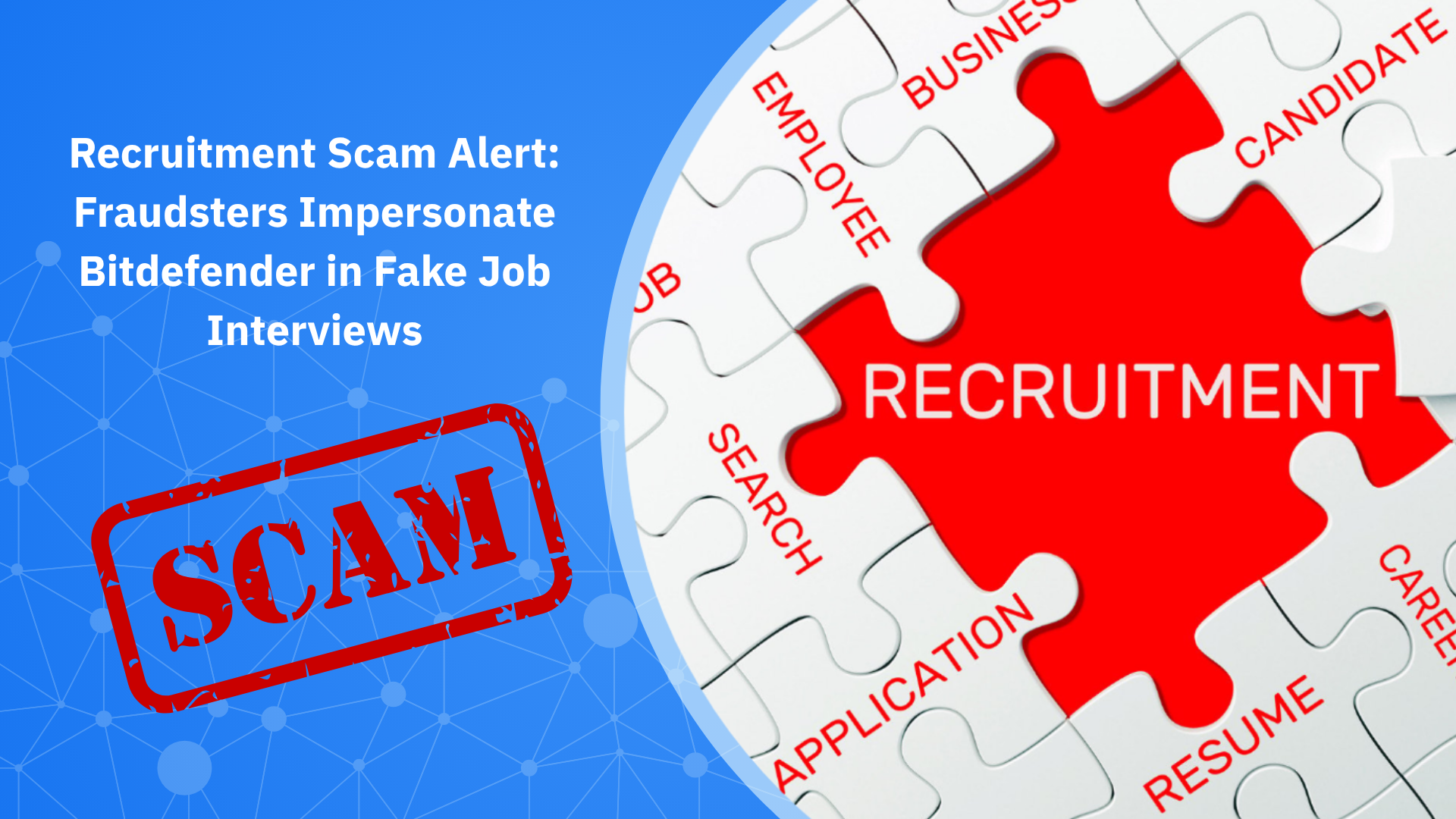What to Do if an Unexpected Payment Appears in Your PayPal or Business Account
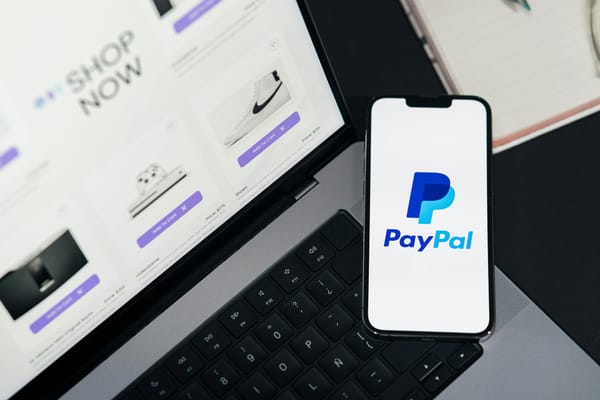
Imagine logging into your PayPal account and spotting $1,500 you weren’t expecting. The problem is that you didn’t make a sale worth that much. There’s no invoice, no new order on Etsy or Shopify where your shop is, just money that appeared out of nowhere.
This is what happened recently to a small business owner who sells handmade goods on Etsy. She woke up to a $1,499.99 PayPal deposit she couldn’t explain. Panic set in because small business owners know nothing online ever comes without strings attached.
So, what is it? A mistake? A gift? Or a scam?
Why Do “Random” Payments Happen?
If money appears in your account without a reason, chances are it’s fraud. Here’s why scammers use this trick:
The Refund Scam
The fraudster sends money “by mistake,” then contacts you asking for a refund. But here’s the catch: they’ll beg you to send it back by wire transfer, gift cards, or another method outside of PayPal. Later, PayPal reverses the original “mistaken” payment, and you’re left out of the cash you sent back.
Testing Stolen Cards
Criminals use stolen credit cards or hacked accounts to send payments. They’re not really paying you, they’re checking whether their stolen details work. When the real cardholder disputes the charge, PayPal takes the money out of your account.
Phishing Setups
Sometimes the payment is just bait. Once you panic and start emailing the sender, scammers use the chance to trick you into handing over login details, clicking fake refund links, or confirming sensitive information.
This Is Not Only a PayPal Problem
PayPal cases get attention because so many small businesses use it, but this scam pops up everywhere—Venmo, Zelle, Cash App, Stripe, even plain old bank transfers.
The rule is simple: anytime money shows up from someone you don’t know, treat it with suspicion. Whether you’re a crafter on Etsy, a consultant invoicing clients, or a café owner taking digital payments, the risk is the same.
4 Signs It’s a Scam
Keep an eye out for these red flags:
- The sender urgently asks for money back.
- They pressure you to use a different method than the one they paid with.
- They send “instructions” or links outside the payment platform.
- The payment is a round number that doesn’t match any of your products or invoices.
Related: How to Get Rid of Scammers Calling and Texting You Every Day and Disrupting Your Business
What To Do If You Get a Random Payment
If you ever wake up to “mystery money,” here’s the safest path:
- Don’t touch it. Don’t withdraw, spend, or refund the money until the platform investigates.
- Report it right away. Use PayPal’s Resolution Center (or the dispute system of your payment app). Even if the system says the payment looks “legit,” you’ll have a record in place.
- Keep all communication inside the platform. Never call or visit the sender, even if they live nearby. Scammers can fake addresses, and direct contact makes you vulnerable.
- Wait it out. In most cases, the payment will be reversed. It’s frustrating to see money disappear, but it’s safer than losing your own funds.
- Double-check your accounts. Make sure your PayPal, Etsy, and bank logins haven’t been compromised. Turn on two-factor authentication (2FA) if you haven’t already.
What Could Go Wrong?
If you panic and wire the money back—or worse, ship products without a real order—your business will be the one losing out.
Here’s why: most of these “accidental” transfers come from stolen credit cards. When the real cardholder spots the charge and disputes it, PayPal (or any processor) reverses the payment.
Related: 7 Types of Credit Card Fraud & How Your Businesses Can Avoid Them
That’s called a chargeback.
If you’ve already refunded the “buyer” through another method, you take a double hit as the platform claws back the original payment, and you’re also out whatever you sent to the scammer.
This is why overpayment scams and chargebacks go hand in hand. Scammers are betting you’ll act fast, before the reversal happens.
Learn more about how chargebacks work and how to protect your small business.
- How to Stop Chargeback Fraud from Hurting Your Small Business
- Stop Losing Money to Chargebacks: 10 Tips for Small Business Owners
How to Protect Your Small Business From Overpayment Scams
Payment scams are designed to catch you off guard. The best defense is having habits and tools in place before something suspicious shows up in your account. Here’s what helps:
- Keep business and personal accounts separate. Mixing accounts makes it harder to spot unusual transactions and puts your personal finances at risk. A dedicated business account means any scam attempt is contained and easier to trace.
- Know your normal transaction patterns. Keep an eye on your usual sales amounts and customer locations. If you normally sell products for $50 and suddenly receive $1,500 from an unknown buyer, treat it as suspicious until verified.
Related: What is a BIN Attack and Why Is Your Very Small Business at Risk?
- Secure your accounts. Use strong, unique passwords and two-factor authentication (2FA). Turn on alerts so you’re notified of large payments or new logins.
- Educate your team. If others have access to your PayPal or bank accounts, make sure they know not to process surprise refunds or click on strange links.
Related: Responding to a Cyberattack - What to Do When You Get Hacked: A Small Business Guide
- Use cybersecurity tools. Many scams start with a phishing email, a fake invoice, or a fraudulent website. Bitdefender Ultimate Small Business Security blocks these threats before they reach you. That extra layer of protection can keep you from making a rushed decision in a stressful moment.
Start your free trial now.
tags
Author
Cristina is a freelance writer and a mother of two living in Denmark. Her 15 years experience in communication includes developing content for tv, online, mobile apps, and a chatbot.
View all postsRight now Top posts
Microsoft Is Done With Windows 10 but Bitdefender Will Keep You Safe Until October 2026
October 14, 2025
Recruitment Scam Alert: Fraudsters Impersonate Bitdefender in Fake Job Interviews
October 13, 2025
FOLLOW US ON SOCIAL MEDIA
You might also like
Bookmarks

